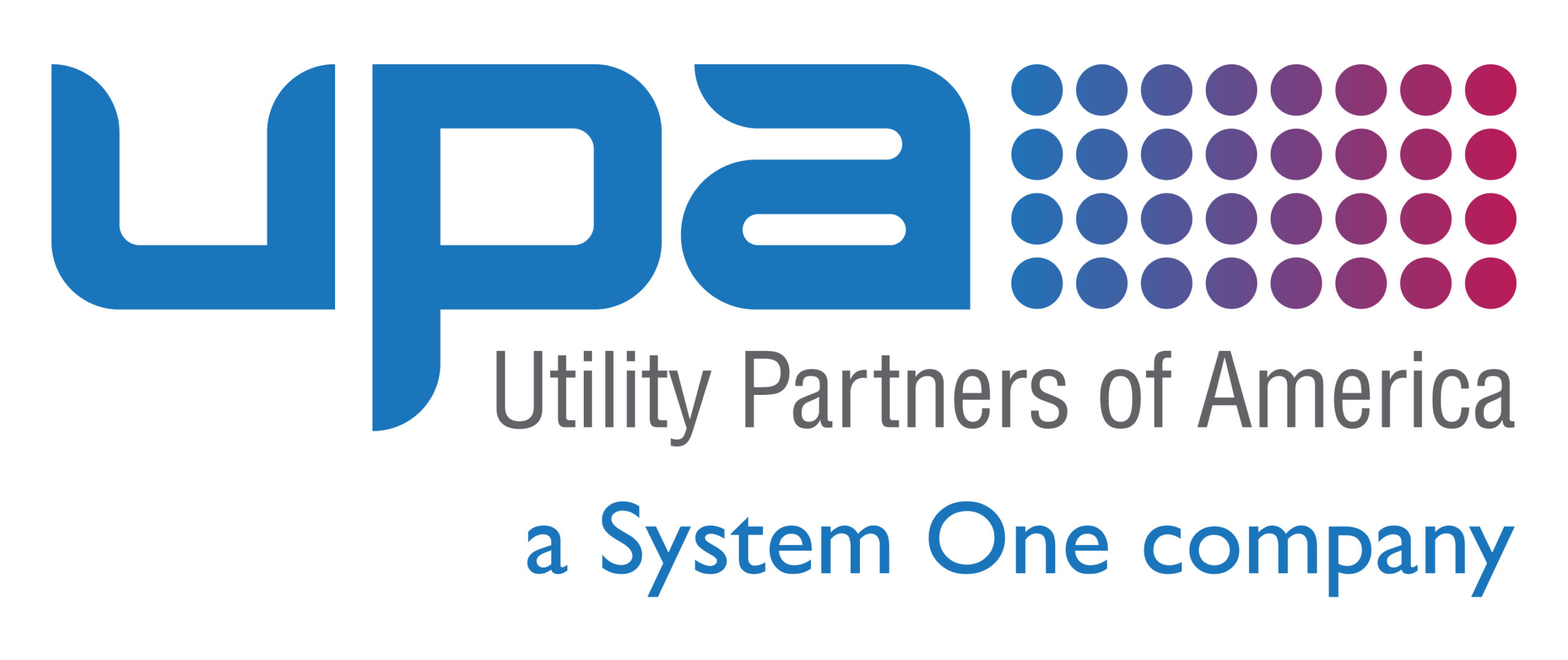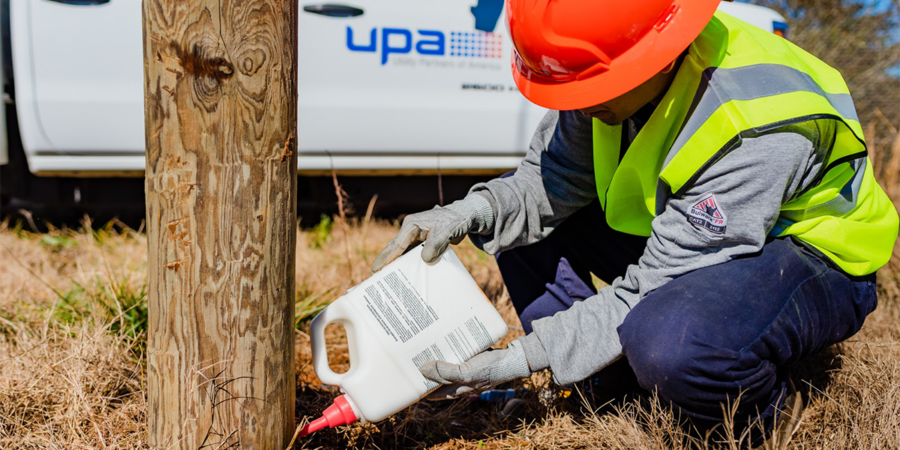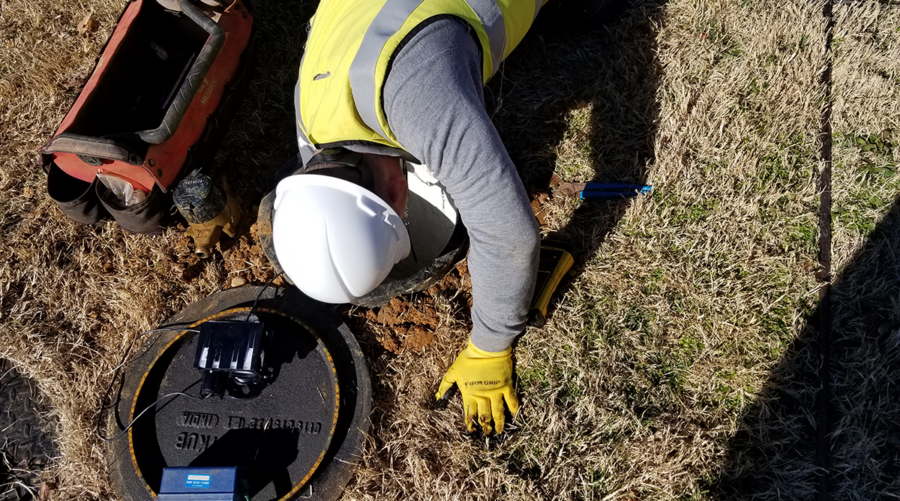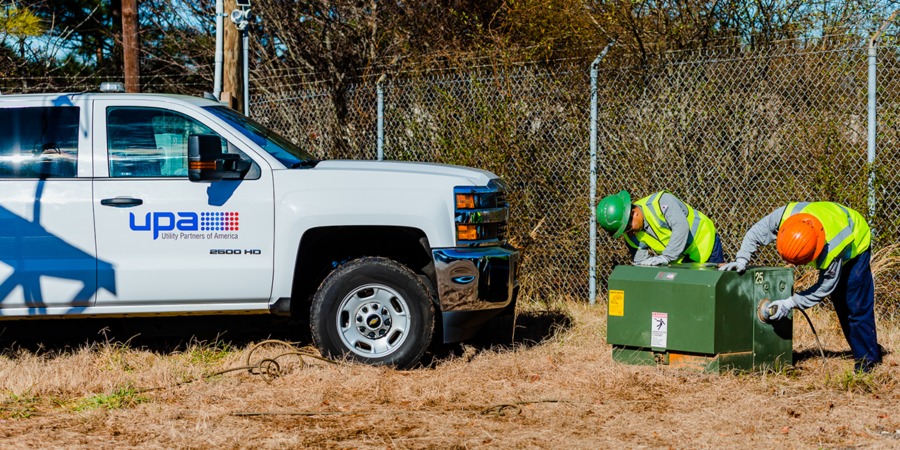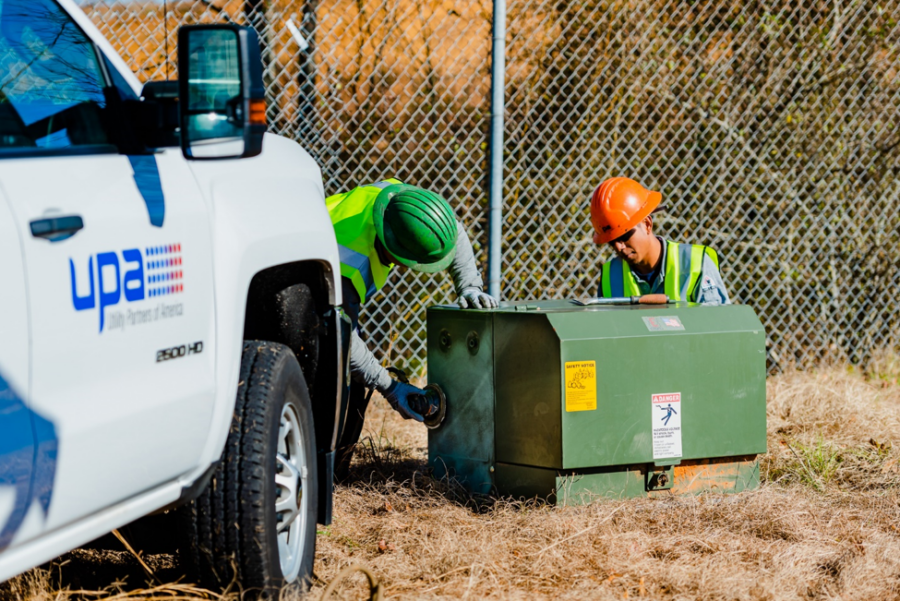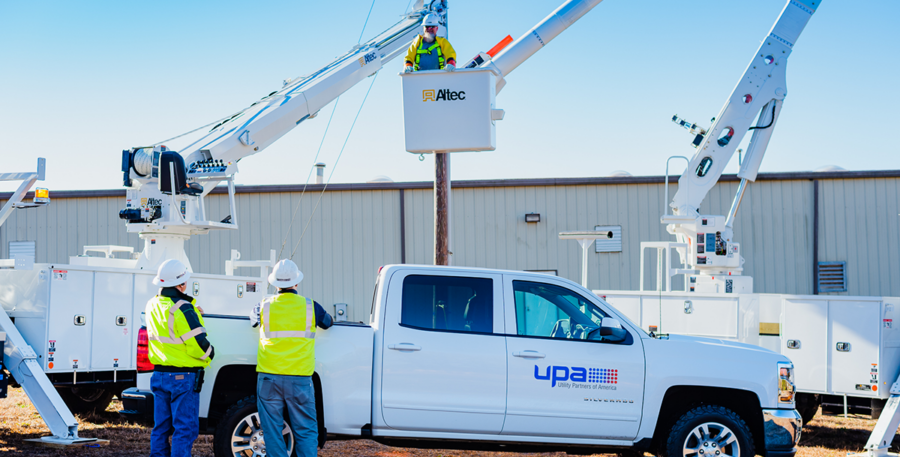Utility Poles: Maintenance or Replacement
Moisture from driving rain, whipping winds, and flash floods are capable of doing a number on material left to the elements. It’s quite a feat that the average lifespan of a utility pole is 30 to 40 years. These wooden beams are critical to the way we operate as a society and serve a litany of purposes. Often housing multiple services like power, telephone, and cable on one pole.
According to Power Grid International, there are between 160 and 180 million wood utility poles in service in this country. Carrying a replacement cost of more than a thousand dollars per unit, some quick math tells us that these poles are among the most valuable assets a utility company owns. With so much money and business on the line (no pun intended), utility pole maintenance should be an essential undertaking. And a top priority. Here’s a quick rundown of a few things you should know about maintaining utility poles. (more…)
